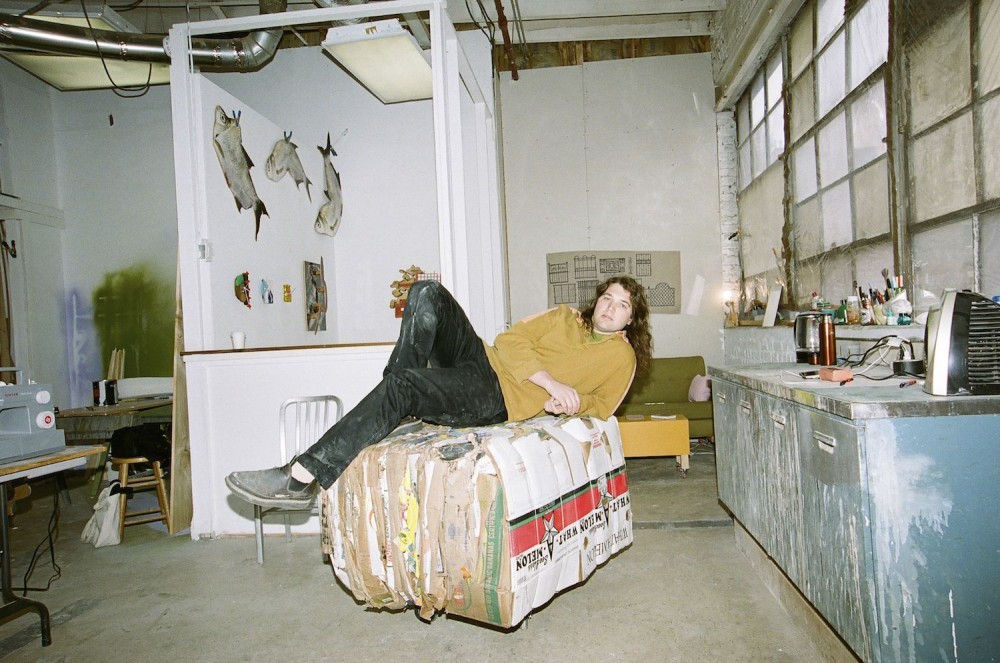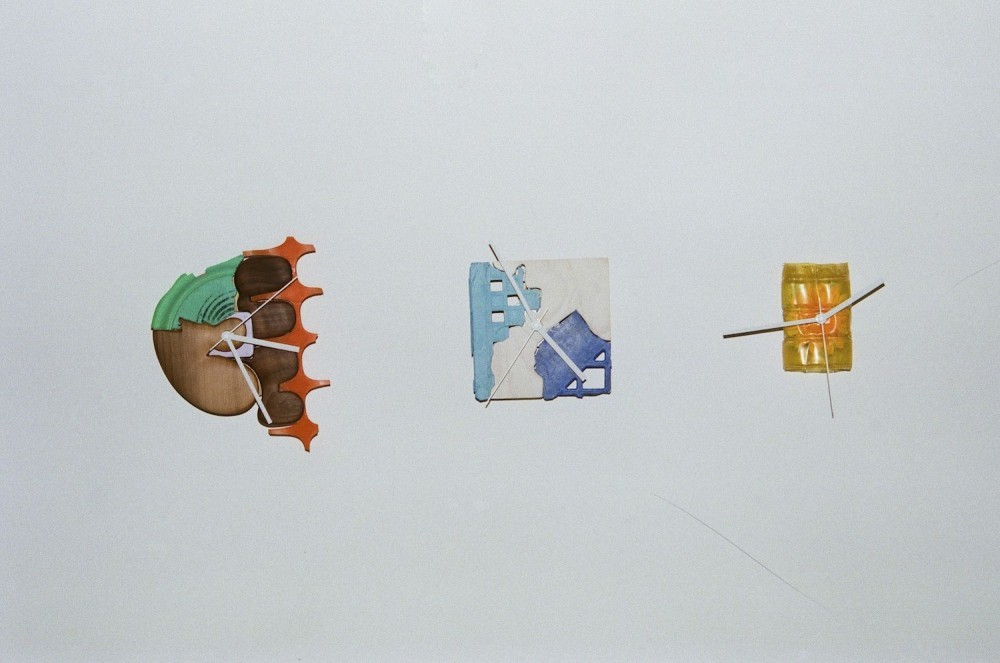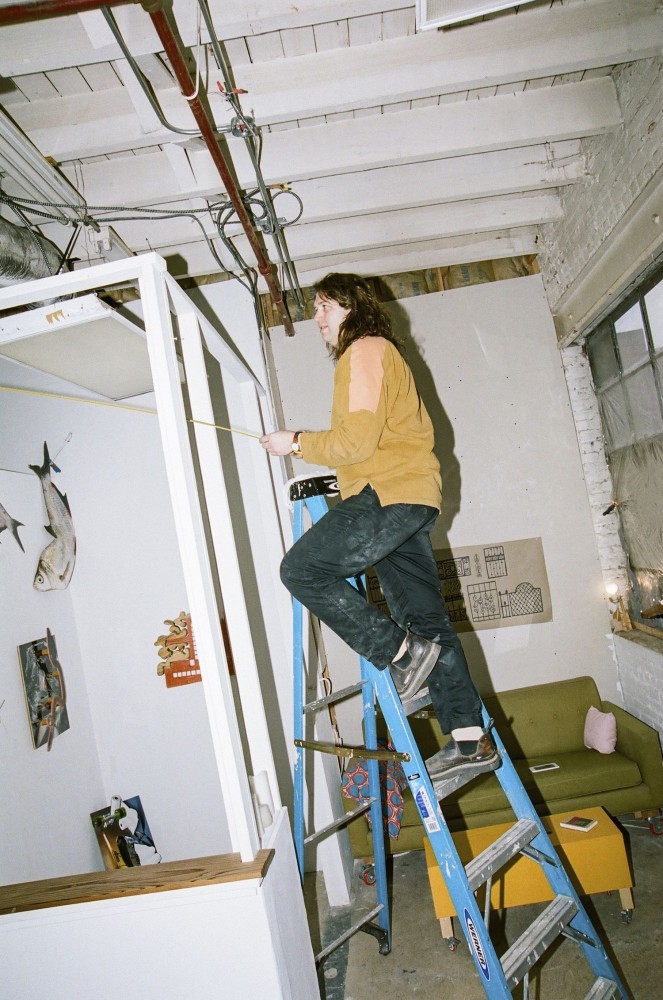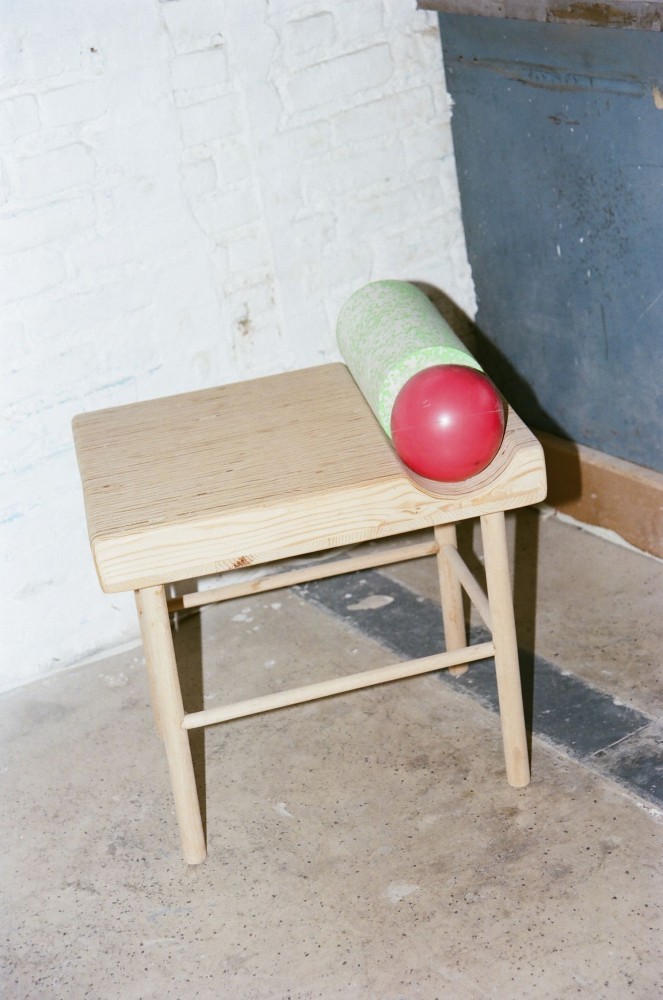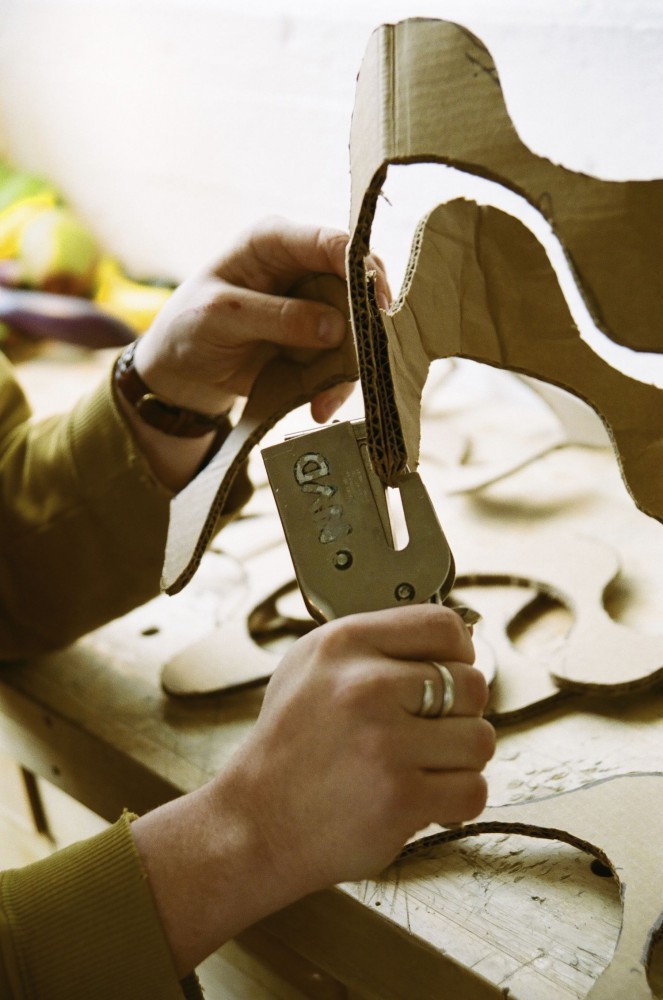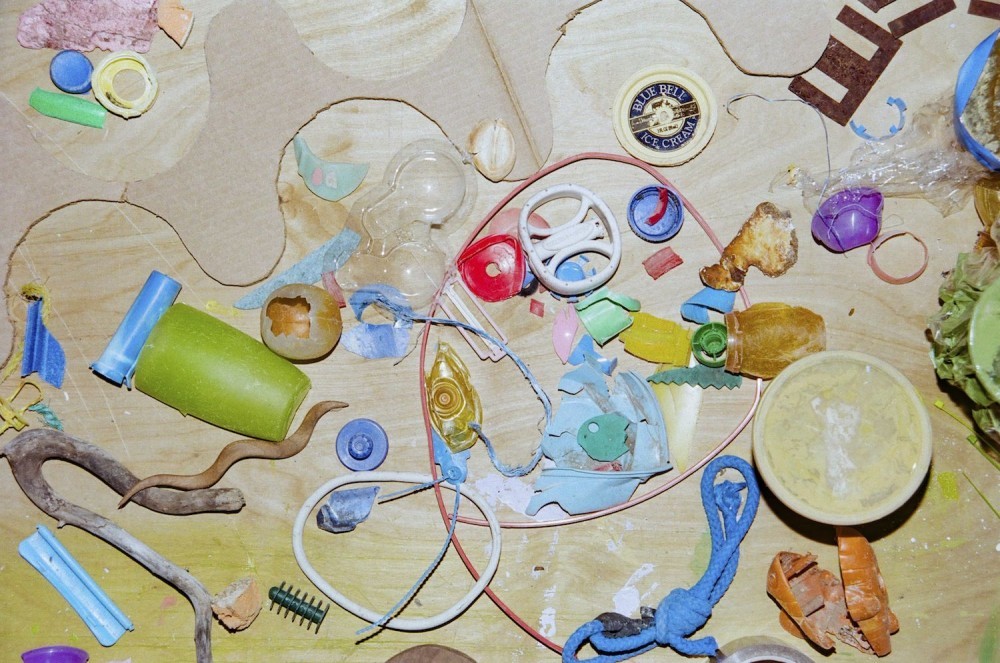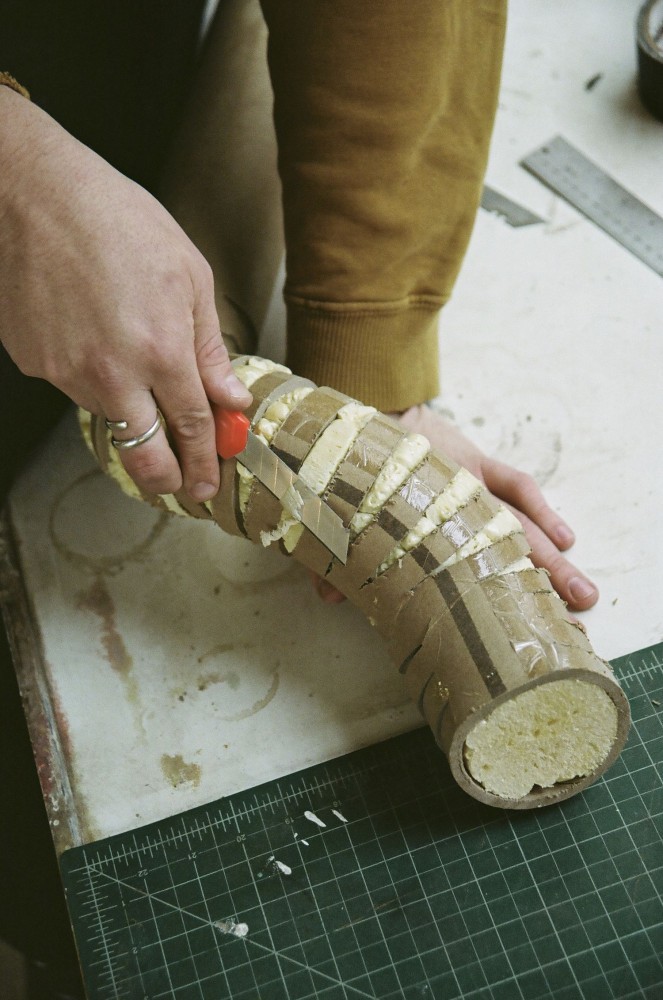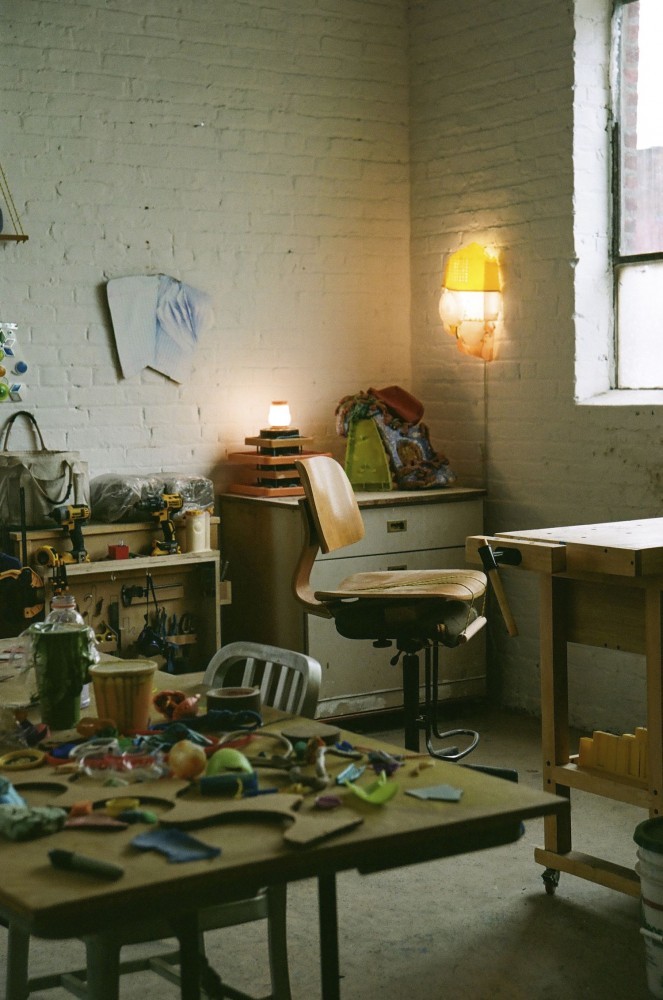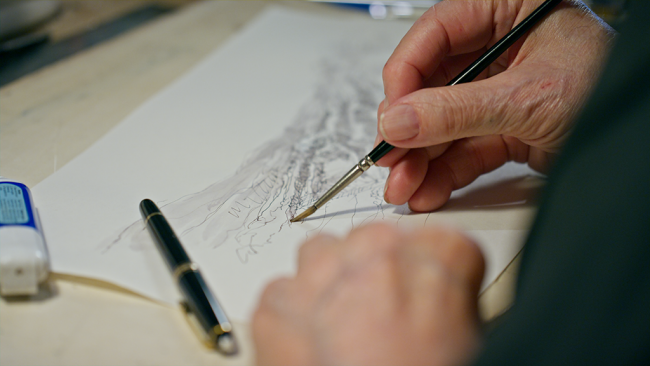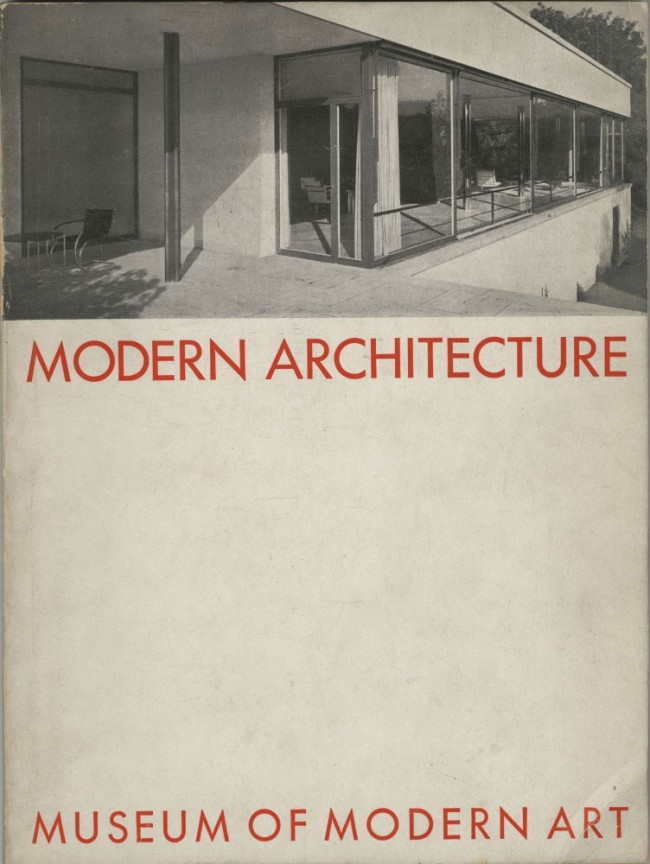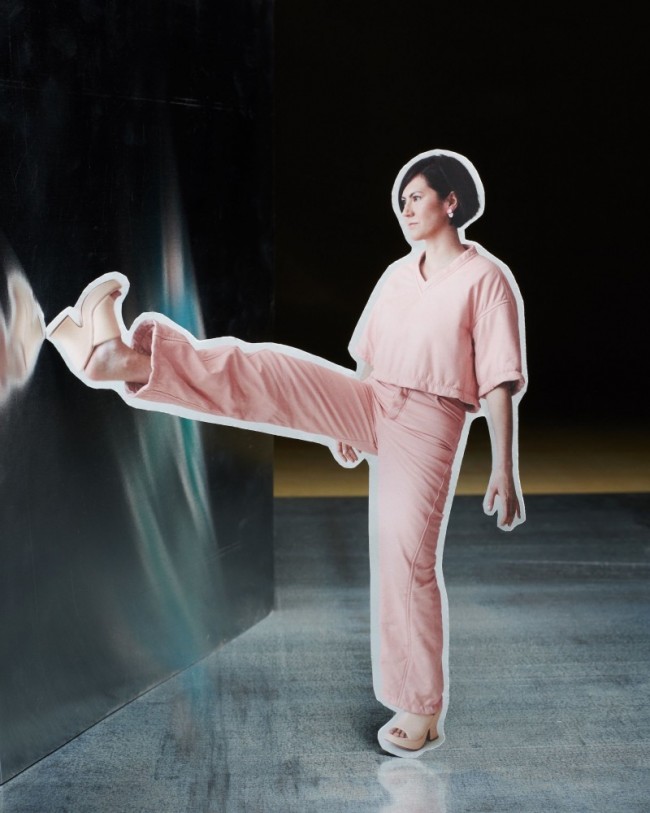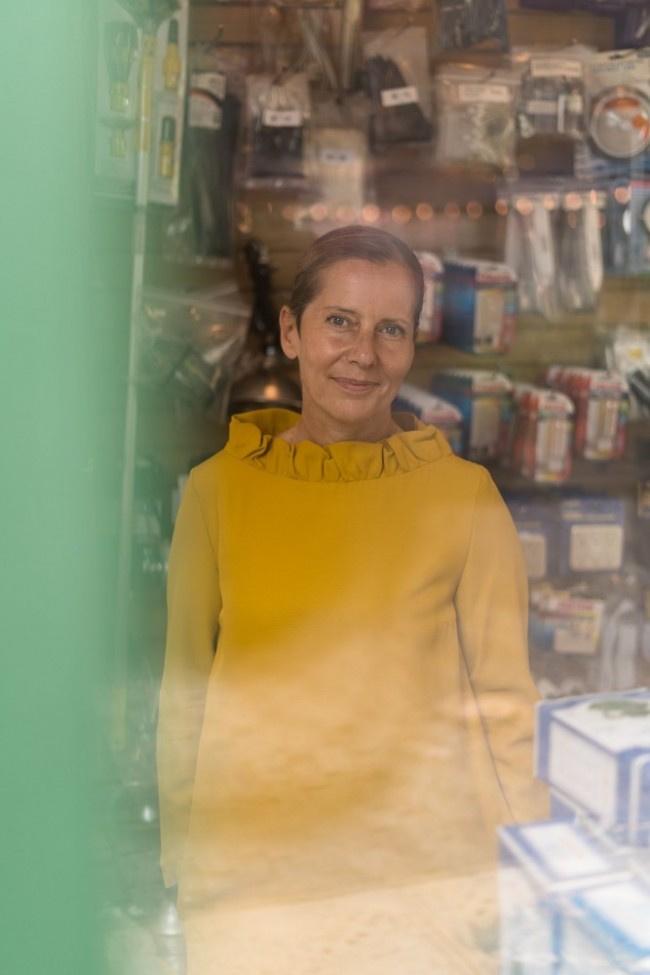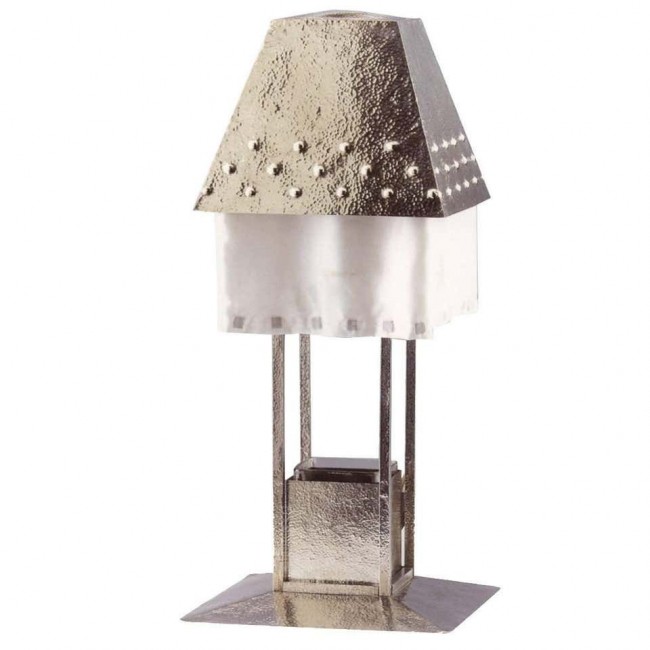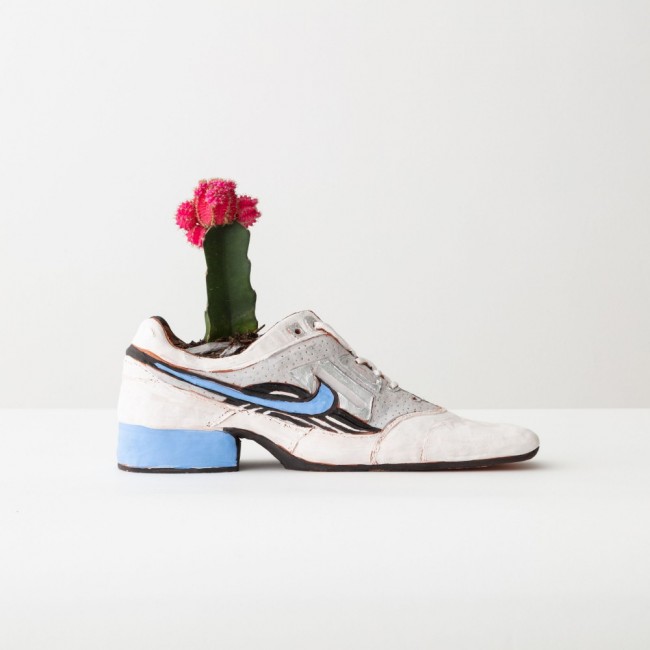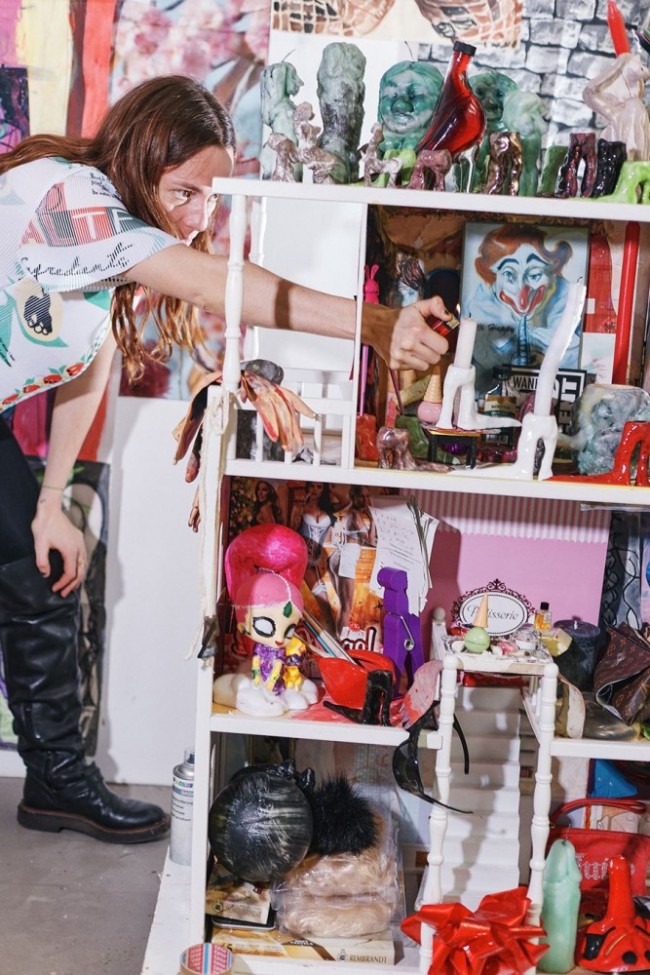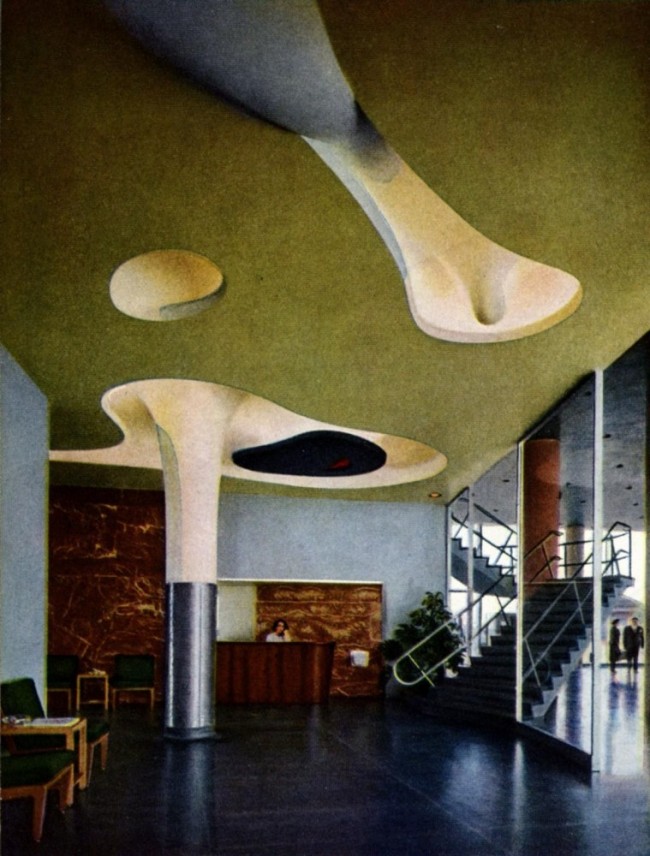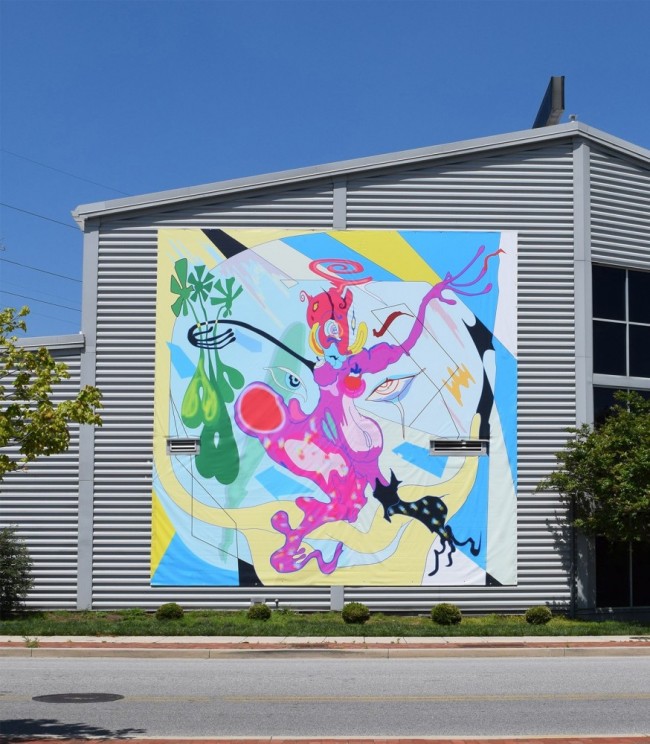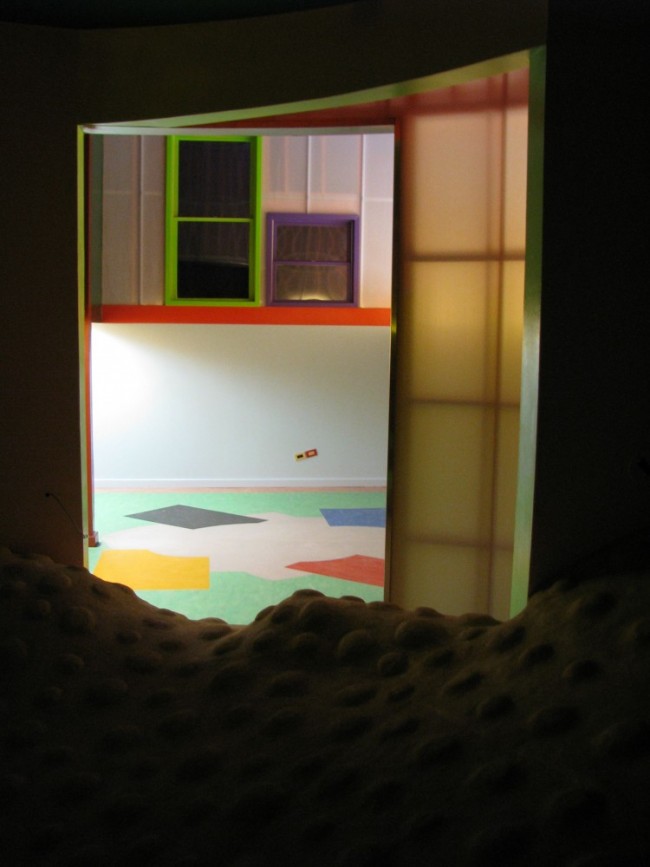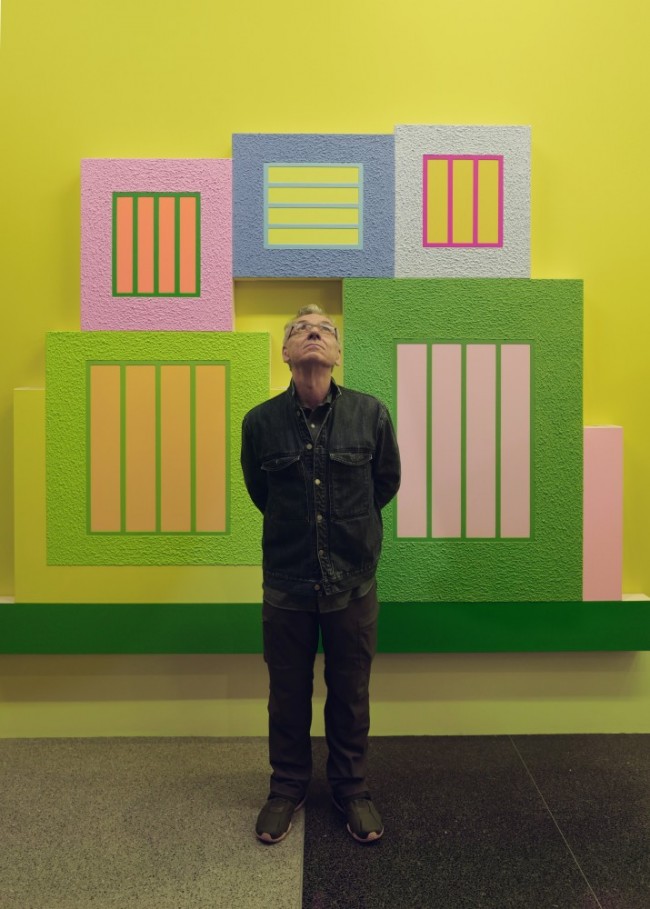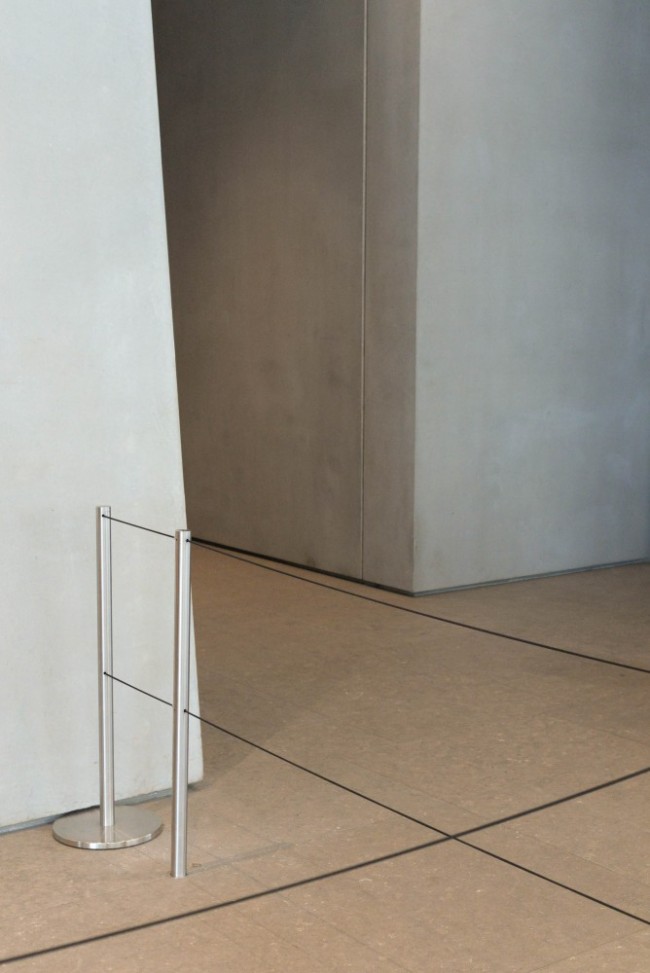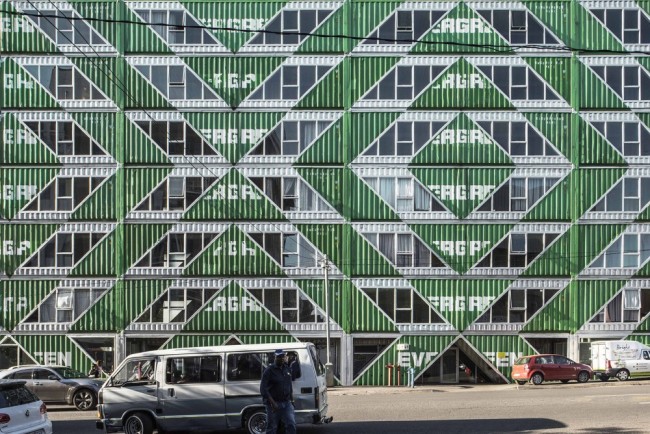GARBAGE COLLECTOR: Artist And Designer Nick DeMarco On Recycled Plastic Pleasures
Nick DeMarco’s pair of video shorts Lonely Planet (2019) features anthropomorphic garbage puppets on an abandoned shoreline discussing, in subtitles, their innermost anxieties and dreams. The series is set, as the name suggests, in a future Earth occupied solely by the tossed-off debris of mankind — after all humans, unlike plastics, are biodegradable. In part one, a broken milkcrate fused with bits of hand-carved wood explains to a footlong segment of brick and mortar with a bouffant of cardboard curls: “Time is different on the ocean. When the waves are really churning you completely lose yourself. You don’t have a single thought. All of your senses are completely overwhelmed, maxed out. It’s ego death, pure sensation. It’s sublime.”

Nick DeMarco in his Bronx studio. Photography by Sean Santiago for PIN–UP.
Working from a cozy industrial studio in the Bronx, DeMarco’s practice spans product and furniture design, filmmaking, set design, installation, and writing, with some works destined for gallery exhibitions (Lonely Planet debuted at Flagship A.S. in Stavanger, Norway) and others for store windows. Back in 2008, as a 21-year-old industrial design student at California College of the Arts, DeMarco presented his studio-winning XS chair at the International Contemporary Furniture Fair in New York: a clear vinyl armchair that you stuff with your own trash. A fascination for detritus, both actual and popcultural, is a thread that runs throughout his practice. With roots in the net.art movement, DeMarco’s work — such as the collector-commissioned Tims Couch (2013), a couch with Timberland boots for feet, Waterfall (2012), a digitally-printed toilet-paper sculpture that featured in DIS’s 2014 Red Bull Arts show in New York (DISown — Not For Everyone), or the giant fidget spinner he designed for Cardi B’s 2017 MoMA PS1 performance — can sometimes feel like memes come to life. His most recent work, however — like a series of clocks made for a group show at Jack Hanley Gallery, repurposing a scrap of broken frisbee and a disposable coffee cup amongst other trash — suggests an evolution towards a more nuanced sensibility, still infused with critical irreverence and idiosyncratic surrealism.
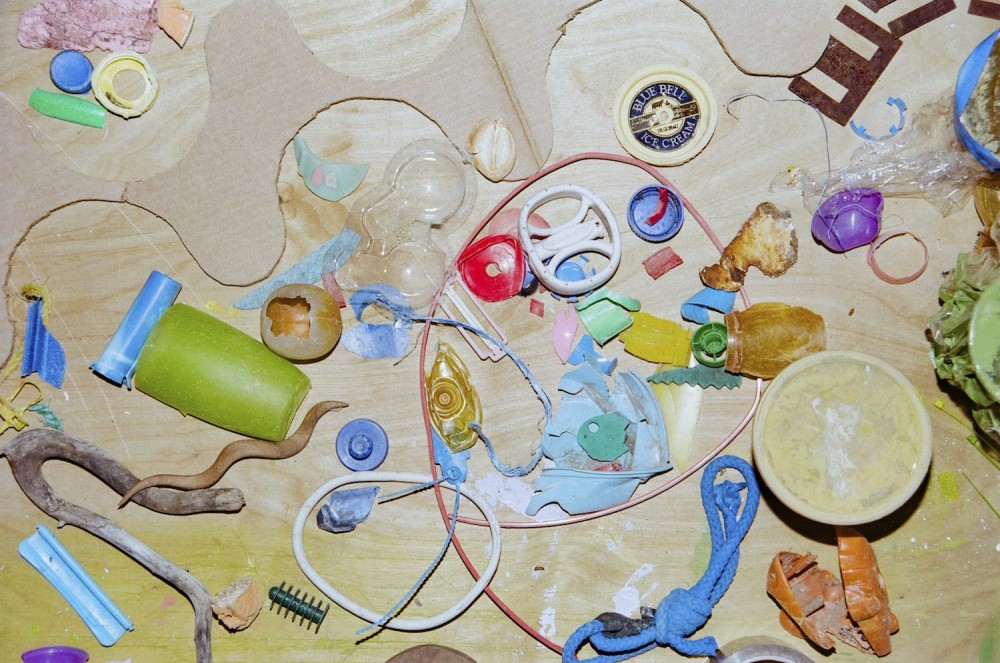
Nick DeMarco is interested in how plastic stuff will outlast us on Earth. Photography by Sean Santiago for PIN–UP.
A guiding force in DeMarco’s artistic universe is the belief that the stuff which fills our homes, or that ends up on our streets, is the flora and fauna of the modern world. Not only will it enhance our time on Earth, it will also be the only proof of our existence. This is something we can take comfort in, if we choose to. “I like stuff in the world. I want the world to be more pleasant. A more pleasant world makes the world more pleasant,” DeMarco says, describing a sort of feedback loop: things that are good make things that are more good ad infinitum.

Clocks designed by Nick DeMarco for Horology (2019), a group show at Jack Hanley Gallery, New York. Photography by Sean Santiago for PIN–UP.
Put another way, DeMarco thinks that the more objects are made with care, the more a person is likely to put care into the things, or people, around them. Indeed his wobbly-looking wooden salad tongs, eyeball-style door knobs, or “pinch clips” shaped like a hand (which can be found in the MoMA Design Store) strive to make the world more pleasant by injecting an exuberant sense of humor into the everyday. “It’s about mental real estate,” DeMarco explains. “If you’re a person who’s had a shitty day, and you have a nice interaction with the bowl you’re eating dinner from, that does actually make your life a little better.”
Text by Nathan Taylor Pemberton.
Photography by Sean Santiago for PIN-UP.
Taken from PIN-UP 28, Spring Summer 2020.

